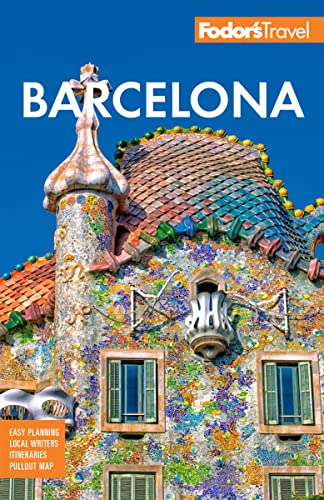Architecture in Barcelona
The city’s independent outlook has been spectacularly reflected in its anthology of architecture, which covers 2,000 years of history from classical Roman, Romanesque, Gothic, Renaissance, and baroque, to the neoclassical and Moderniste, to the rationalist, minimalist, and postmodern creations of Richard Meier, Santiago Calatrava, Rafael Moneo, Norman Foster, Ricardo Bofill, and Jean Nouvel.
If Madrid is about paintings, Barcelona’s forte is architecture, notably the work of Antoni Gaudí (1852–1926), whose buildings are the most startling manifestations of Modernisme—the Spanish, and mainly Catalan, chapter of the late-19th-century Art Nouveau movement. Other leading Moderniste architects include Lluís Domènech i Montaner and Josep Puig i Cadafalch.
The richest Art Nouveau area is L’Eixample (the Expansion). Here Barcelona claimed as its own the artistic movement called Art Nouveau in France, Modern Style in England, Sezessionstil in Austria, Jugendstil in Germany, Liberty or Floreale in Italy, Modernisme in Catalonia, and Modernismo in Spain. Scanning these terms provides a good overview of what Art Nouveau is all about: new, modern (in the late 19th century), playful, flowery, revolutionary, and free. Art Nouveau was a reaction to the misery and uniformity brought about by technology and the Industrial Revolution. It is what most characterizes the city: only Barcelona has 50 catalogued Moderniste buildings, as well as more than 250 private houses with Art Nouveau facades, interiors, or other elements.
Barcelona’s Roman, Romanesque, and Gothic legacy is equally interesting. The famous Rambla separates the Barri Gòtic and its Roman core from the Raval, where the medieval Hospital de Sant Pau, the shipyards, and Sant Pau del Camp, Barcelona’s oldest church, are the main attractions.
The medieval intimacy of the Barri Gòtic balances the grace and distinction of the wide boulevards in the Moderniste Eixample, while Roman walls and columns provide counterpoint to sleek new 21st-century structures in the Raval and the Olympic Port. A visit to Gaudí’s Sagrada Família followed by a quick hop over to the Mediterranean Gothic Santa Maria del Mar will leave your senses reeling with the gap between Catalan Art Nouveau ornamentation and the early Catalan Gothic’s classical economy. Even more dramatically, proceed from Domènech i Montaner’s Moderniste showstopper, the Palau de la Música Catalana, to Mies van der Rohe’s minimalist masterpiece, the Barcelona Pavilion. For a look at contemporary Barcelona architecture, take a tram ride east from Ciutadella–Vil·la Olímpica into the Diagonal Mar district past Ricardo Bofill’s Teatre Nacional de Catalunya, Rafael Moneo’s Auditori, and Jean Nouvel’s Torre Agbar, ending at the Fòrum building by Herzog & de Meuron.




